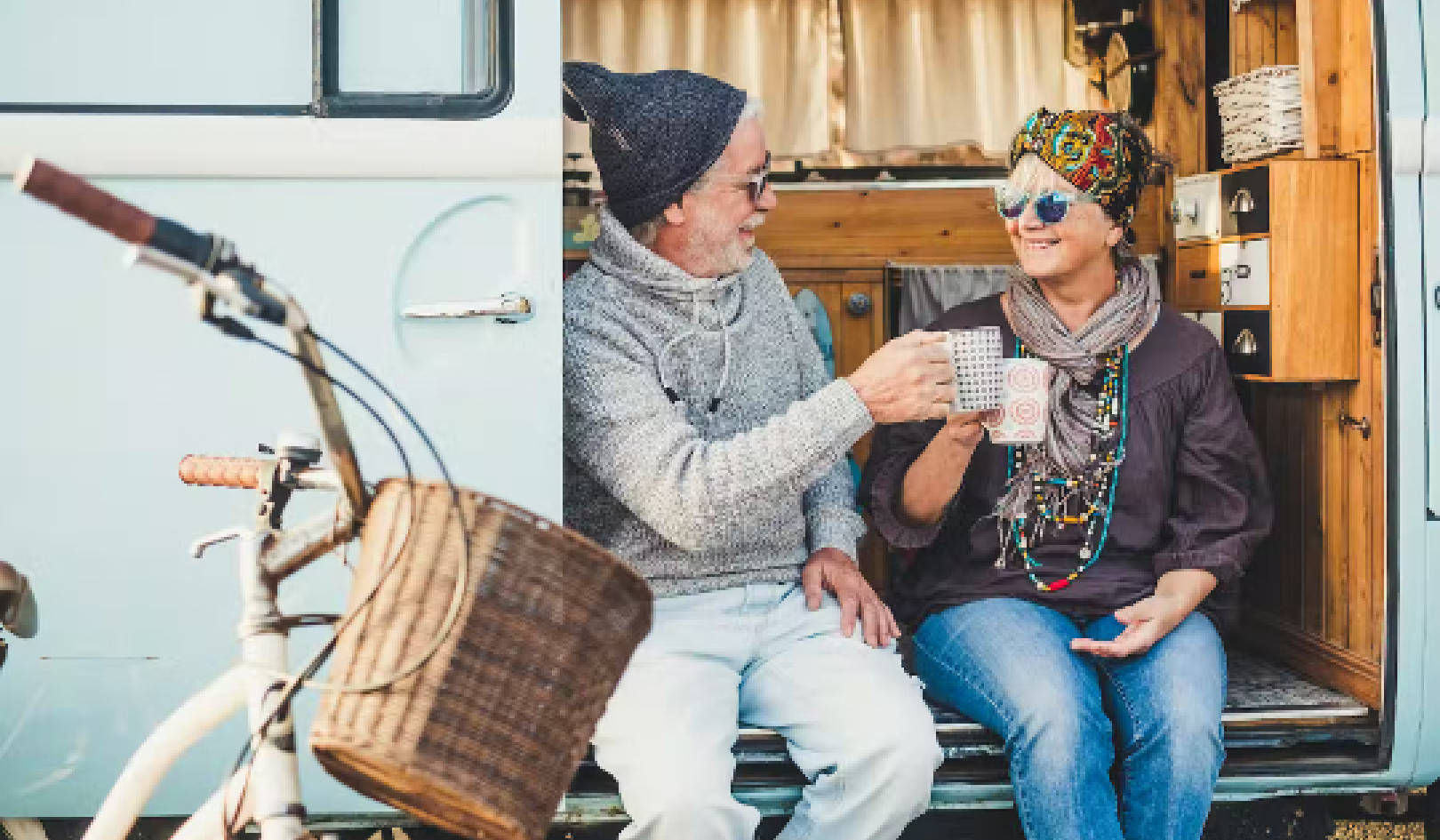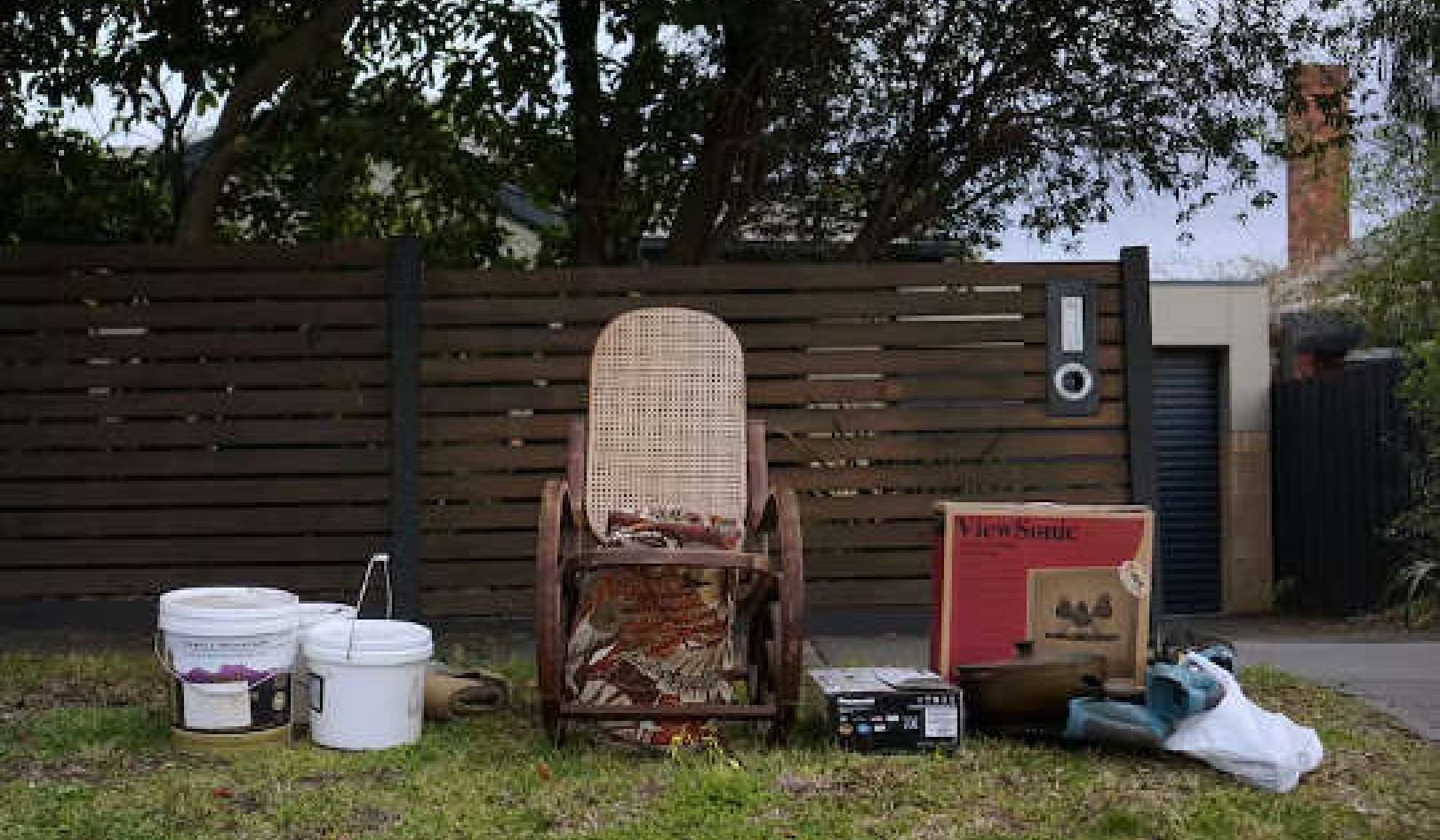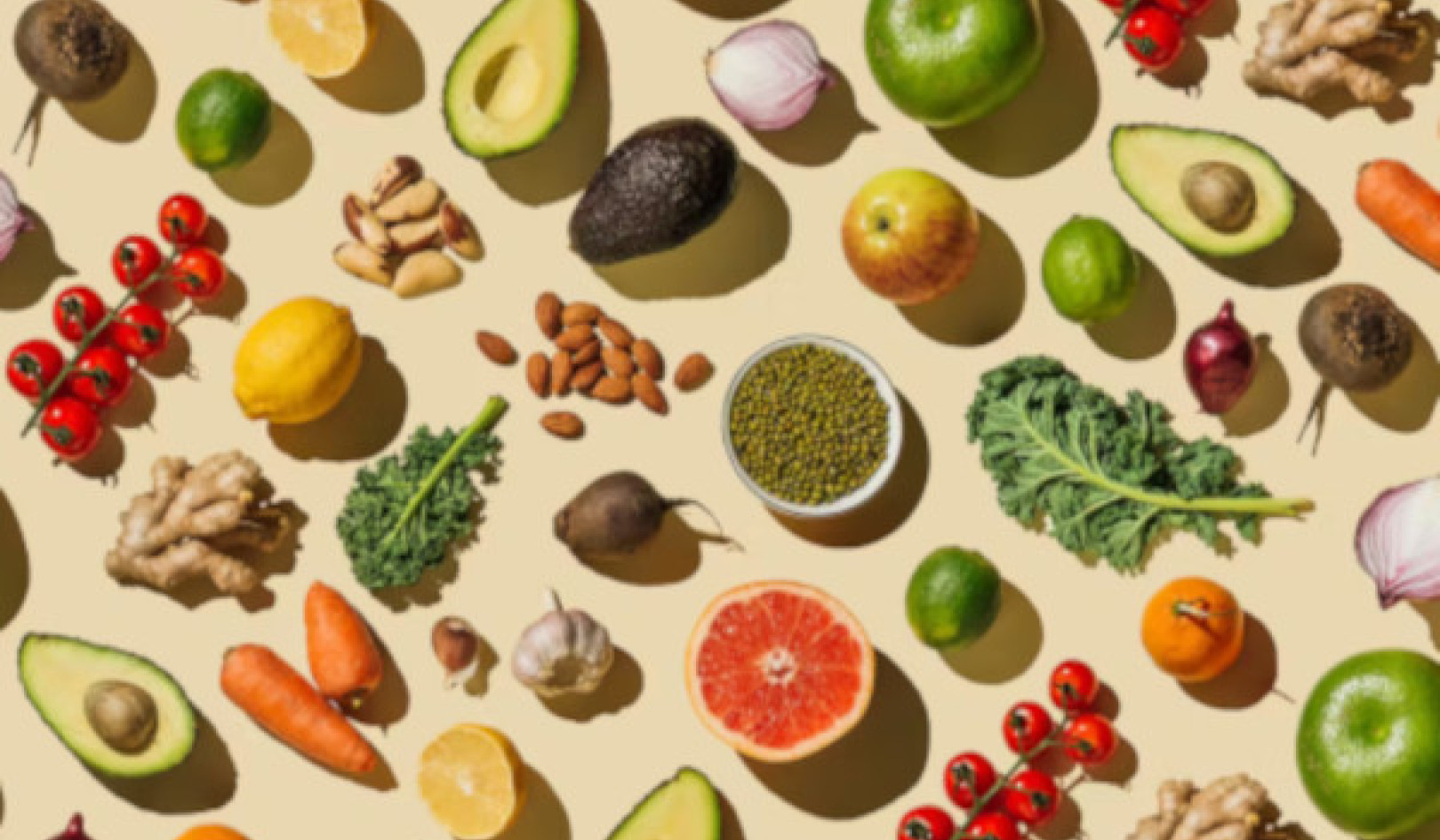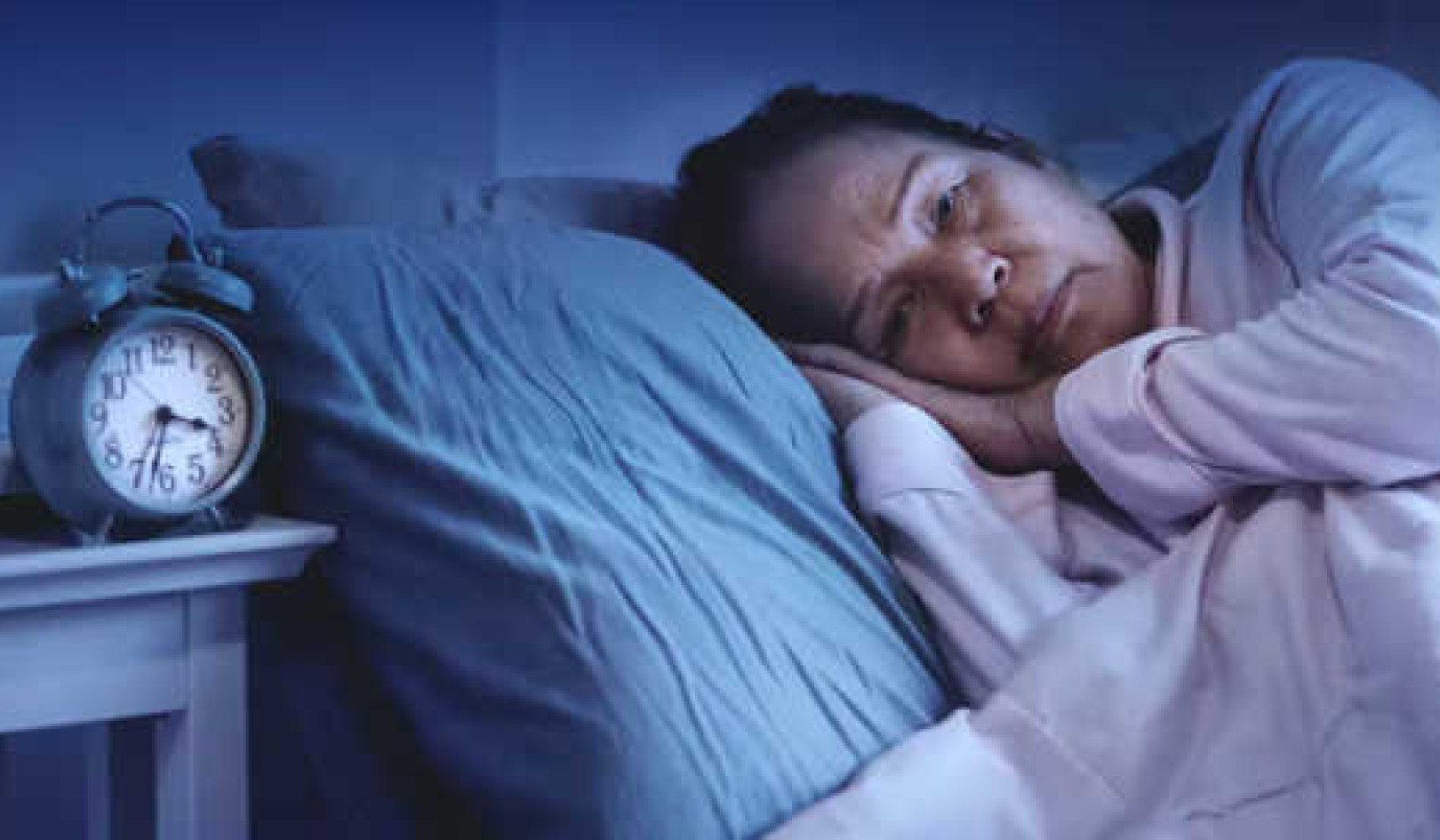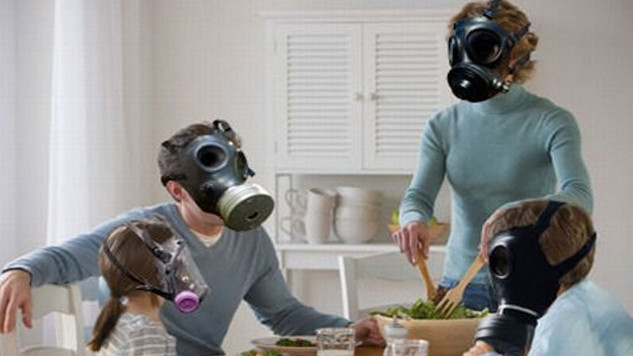
In our thoughts on pollution, we tend to conjure up visions of urban landscapes obscured by smog and industrial facilities expelling thick plumes of smoke. However, an imperative facet of pollution usually escapes our immediate attention: The air within our homes, the environment in which we devote the bulk of our lives, possesses a profound yet inconspicuous ability to harm our health and our loved ones.
A recent study by scholars from the University at Buffalo has shed light on these issues, offering significant insights. With this study, it becomes evident that indoor air quality holds a crucial place in the health of all..
What's at Stake?
Indoor air pollution may appear innocuous, but beneath its seemingly benign veneer lie potent particles and gases capable of inflicting harm, particularly upon children. Among the everyday household elements contributing to this insidious mix, gas stoves are a noteworthy source of indoor pollutants, including carbon monoxide and nitrogen dioxide.
The study, which involved 4,735 mother-child pairs, looked at the impact of indoor air pollution on early childhood development. The results were unsettling. Children exposed to certain indoor pollutants like unclean cooking fuels and passive smoke showed increased odds of slow development. For instance, kids exposed to fuels like natural gas or wood had a 28% higher chance of falling behind in development.
We cannot overlook that our young ones often remain indoors for extended periods, rendering them more susceptible to this significant exposure. It's crucial that we recognize indoor air quality's substantial impact on their well-being and take proactive measures to safeguard their health.
Cooking Fuels and Passive Smoke
We are aware of the health risks of cigarette smoke. It's a well-documented villain, especially concerning the health of pregnant women and children. However, the study reveals that even passive smoke—the kind that wafts through the air but isn't deliberately inhaled—increases the risk of developmental delays in problem-solving by 71% among children of non-smoking mothers. This isn't a minor anomaly or an issue we can overlook. It's a substantial concern that should compel us to reassess how we protect those who rely on us most.
In our homes, we often carry a sense of invincibility, a belief that we've created an environment secure from outside hazards. It's an illusion we maintain for peace of mind, especially for those of us with children. But this new research is sounding an alarm, insisting we reevaluate what we've long considered 'safe' spaces for our families.
If the indirect exposure to cigarette smoke can have such a profound impact, what could the byproducts of our cooking fuels be doing to our kids? It's a question that urges us to broaden our understanding of indoor pollutants. Fuels we use for cooking—natural gas, propane, and wood—have often been given a pass and considered to be less harmful. However, these cooking fuels deserve the same wary eye we give to cigarette smoke.
Who's Most Vulnerable
The study didn't just stop at identifying the general risks; it went a step further to pinpoint who among our children is most susceptible to the dangers of indoor air pollution. Children born to younger mothers, those who are the only child from a single pregnancy (often referred to as 'singletons'), and male children were identified as more vulnerable to these indoor pollutants. This nuanced insight suggests that these groups could face more severe developmental setbacks if exposed to harmful indoor air.
Recognizing that certain children are more vulnerable than their peers isn't merely an abstract concept; practical insight should inform our approach to home safety. In cases where families find themselves within these elevated risk groups—be it a younger mother, a family with a single child, or those with male offspring—the urgency for targeted attention becomes all the more pronounced.
Understanding this distinction equips us with the knowledge to take specific and necessary precautions. It's not just about making broad changes, like switching to cleaner cooking fuels or improving ventilation. It's also about targeted interventions, perhaps more frequent medical check-ups or specialized developmental monitoring for these at-risk kids, to ensure that they aren't falling behind due to something as avoidable as poor indoor air quality.
Steps for a Safer Home
Embarking on a path of transformation invariably begins with awareness, and the current scenario is no exception. Grasping that the air we breathe within our homes can sculpt our children's futures lays the foundation for making wiser, more enlightened choices. This isn't merely a matter of reacting to an existing issue; it's a call to action for us to take proactive steps in establishing an indoor environment that fosters robust health and overall well-being.
For starters, consider transitioning to cleaner cooking methods. Electric stoves or induction cooktops are excellent alternatives that don't compromise indoor air quality. Air filters and purifiers can also be a valuable addition to your home, working silently in the background to capture airborne particles and pollutants.
Having set the stage with awareness, the subsequent stride is the execution of these well-considered plans. Suppose there is a smoker within the household. In that case, creating a designated and adequately ventilated space that stands apart from the primary living areas where children typically congregate and pass their time becomes paramount. This strategic move ensures that the health and well-being of our young ones are safeguarded in the presence of potential indoor pollutants. This minimizes the risk of passive smoke exposure.
Steps for a Safer World
Our responsibility doesn't end at our doorstep. Advocating for policy changes that enforce stricter indoor air quality standards can have a broader impact, benefiting our families and communities. Whether supporting local initiatives for cleaner energy or pushing for regulations limiting indoor pollutants, collective action can amplify our efforts, making our homes—and, by extension, our communities—safer places to grow and thrive.
As we conscientiously make informed choices and advocate for cleaner indoor environments, our actions extend beyond safeguarding our children's health; they ripple out to fortify our community's well-being.
About the Author
 Robert Jennings is co-publisher of InnerSelf.com with his wife Marie T Russell. He attended the University of Florida, Southern Technical Institute, and the University of Central Florida with studies in real estate, urban development, finance, architectural engineering, and elementary education. He was a member of the US Marine Corps and The US Army having commanded a field artillery battery in Germany. He worked in real estate finance, construction and development for 25 years before starting InnerSelf.com in 1996.
Robert Jennings is co-publisher of InnerSelf.com with his wife Marie T Russell. He attended the University of Florida, Southern Technical Institute, and the University of Central Florida with studies in real estate, urban development, finance, architectural engineering, and elementary education. He was a member of the US Marine Corps and The US Army having commanded a field artillery battery in Germany. He worked in real estate finance, construction and development for 25 years before starting InnerSelf.com in 1996.
InnerSelf is dedicated to sharing information that allows people to make educated and insightful choices in their personal life, for the good of the commons, and for the well-being of the planet. InnerSelf Magazine is in its 30+year of publication in either print (1984-1995) or online as InnerSelf.com. Please support our work.
Creative Commons 4.0
This article is licensed under a Creative Commons Attribution-Share Alike 4.0 License. Attribute the author Robert Jennings, InnerSelf.com. Link back to the article This article originally appeared on InnerSelf.com






















